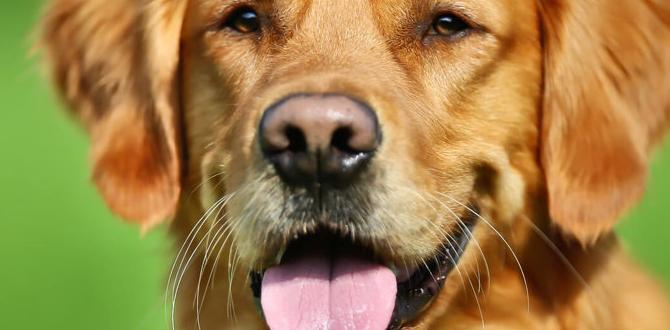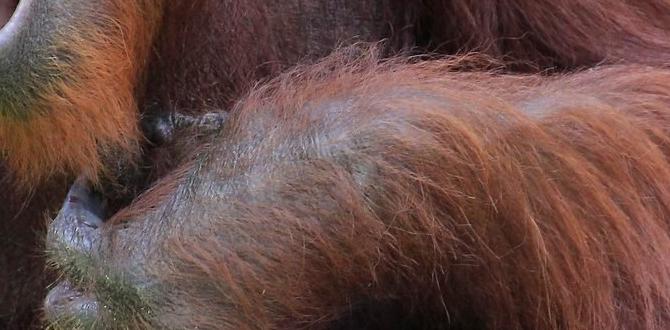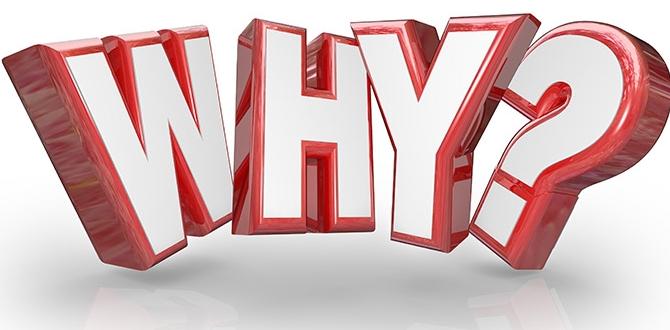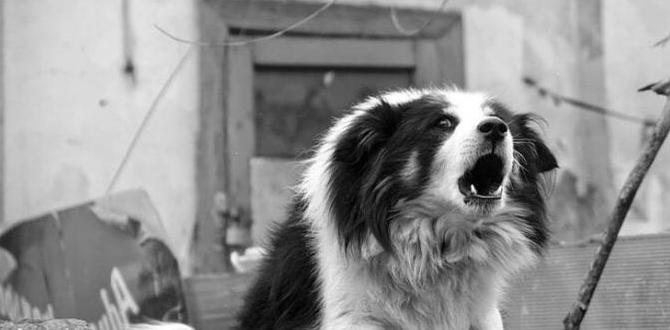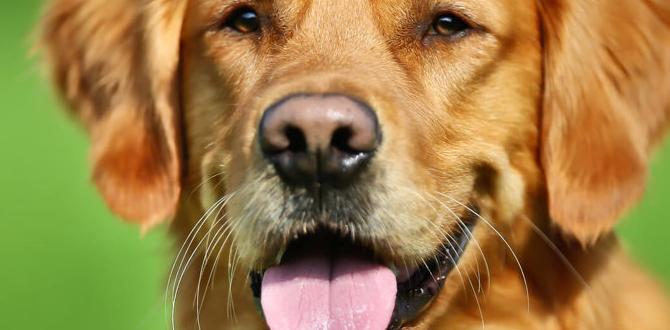Do you want a well-behaved puppy? Who doesn’t? Puppies are playful and adorable, but they need training. Knowing how to guide them can make life easier. This is where our puppy training behavior guide comes in. Let’s explore the secrets to a happy, well-trained puppy!
Key Takeaways
- Start puppy training early for the best results.
- Consistency is key for successful puppy training.
- Use positive reinforcement to encourage good behavior.
- This puppy training behavior guide helps with basic obedience.
- Patience and love build trust with your puppy.
Puppy Training Basics
Training a puppy can be both fun and challenging. Start by understanding your puppy’s needs. Puppies are naturally curious and love exploring. They learn quickly, but need guidance. You should start training your puppy as soon as possible. Consistency is very important. This means using the same commands and rewarding good behavior. Plan short and fun training sessions, as puppies have short attention spans. Always end on a positive note, so your puppy looks forward to the next lesson.
- Start training when your puppy is young.
- Keep training sessions short and fun.
- Use the same command words consistently.
- Reward your puppy’s good behavior.
- End training sessions positively.
- Be patient and give lots of love.
Building a routine helps your puppy feel secure and happy. Puppies thrive on knowing what to expect each day. This could include regular feeding times, bathroom breaks, and playtime. Remember, learning takes time, so be patient. Slowly increase the difficulty of tasks as your puppy learns. Always celebrate small victories to keep your puppy motivated. Training your puppy is an ongoing process that strengthens your bond.
Fun Fact or Stats : Puppies can learn to sit as early as 7 to 8 weeks old!
Why Start Early?
Starting early with training sets the foundation for good behavior. Puppies are like little sponges, ready to soak up new experiences. They are most open to learning before they are 16 weeks old. Training early ensures they develop positive habits. Waiting too long can allow bad behaviors to become habits. Have you ever heard the saying, “You can’t teach an old dog new tricks?” While not always true, it’s easier to teach a young puppy. Early training is a gift to your puppy and your future self.
Keeping Training Consistent
Consistency is the secret to successful puppy training. Do you remember learning to ride a bike? It took practice and consistency. The same goes for puppies. Consistent commands and actions help puppies understand what you want. If you say “sit” sometimes and “down” other times, it confuses them. Use the same words and hand signals every time. Consistent training makes it easier for your puppy to learn faster and feel secure.
Using Positive Reinforcement
Positive reinforcement is a powerful tool in puppy training. Do you enjoy being praised for a job well done? Puppies do too! This technique involves rewarding your puppy when they do something right. Rewards can be treats, praise, or playtime. It encourages them to repeat the behavior. Avoid yelling or punishing your puppy, as it can cause fear. Instead, focus on what they do right. Remember, a happy puppy learns better.
Socializing Your Puppy
Socializing your puppy is an important part of training. It involves introducing them to new people, places, and other animals. A well-socialized puppy grows into a confident and friendly dog. Start by taking them on short walks, or visiting new places. Be sure to keep experiences positive. If your puppy seems scared, give them time to adjust. Socialization helps prevent fear and aggression later in life.
- Introduce your puppy to new environments.
- Meet different people and animals.
- Keep social experiences positive and fun.
- Start socialization early for best results.
- Watch for signs of fear or stress.
- Be patient and supportive.
Socialization should be a gradual process. Begin with calm and controlled environments. As your puppy becomes more comfortable, introduce busier settings. Always watch their body language for signs of fear. Remember, you’re building your puppy’s confidence. A well-socialized puppy is happier and more adaptable. This will make future adventures more enjoyable for both of you.
Fun Fact or Stats : Puppies go through a vital socialization period between 3 and 14 weeks old.
Meeting Other Dogs
Introducing your puppy to other dogs can be exciting. Did you know dogs communicate through body language? Watch how they interact during playtime. Keep early meetings short and positive. Choose friendly dogs to help your puppy feel safe. If your puppy seems scared, give them space. Encouraging gentle play builds friendships. You’ll be amazed at how quickly your puppy can make a new friend.
Exploring New Places
Exploring new places helps your puppy adapt to different environments. Have you ever seen a puppy’s excitement at the park? New sights and smells are fascinating to them. Start with short trips to less crowded areas. Gradually visit busier places as they grow comfortable. Exploring together strengthens your bond. It’s an adventure filled with learning and fun. Always be there to guide and comfort your puppy.
Introducing People
Introducing your puppy to different people builds their confidence. Have you ever seen a puppy wag its tail in delight? Meeting new friends can be joyful for them. Encourage gentle interactions with adults and children. Teach people how to approach your puppy calmly. Positive experiences help prevent fear of strangers. Your puppy learns to trust and enjoy human company. Each introduction is a step toward a friendly adult dog.
Basic Commands For Puppies
Teaching basic commands is a core part of any puppy training behavior guide. Commands like “sit,” “stay,” and “come” are essential. They help keep your puppy safe and well-behaved. Start with simple commands and gradually add more. Use treats and praise to reward success. Be patient, as learning takes time. Practice commands daily to reinforce learning. Before you know it, your puppy will be listening like a pro.
- Begin with simple commands like “sit” and “stay.”
- Use treats to reward your puppy’s success.
- Practice commands daily for better learning.
- Be patient and consistent in your training.
- Gradually introduce more complex commands.
- Keep training sessions short and fun.
Teaching commands strengthens communication between you and your puppy. They learn to understand what you expect from them. This builds trust and makes your relationship stronger. Don’t forget to celebrate each success. Your puppy will be eager to learn if they know rewards are coming. With time and practice, your puppy will master these commands and become a well-behaved companion.
Fun Fact or Stats : Puppies can start learning basic commands as early as 8 weeks old!
The “Sit” Command
The “sit” command is often the first one taught. It’s simple and useful in many situations. Have you ever seen a puppy’s wiggly tail when they sit for a treat? Start by holding a treat above your puppy’s nose. Slowly move it back over their head. As they look up, their bottom will likely touch the ground. As soon as they sit, say “sit” and give the treat. Practice this often, and soon your puppy will sit on command.
The “Stay” Command
The “stay” command teaches patience and control. It might seem challenging at first. Have you tried getting a puppy to hold still? Begin by asking your puppy to sit. Once sitting, hold your hand up and say “stay.” Slowly step back a few steps. If they stay, return and reward them. If not, gently guide them back and try again. Repeat this until your puppy understands to stay put.
The “Come” Command
The “come” command is a safety tool when your puppy is off-leash. Do you remember playing hide and seek as a kid? In this case, you’re inviting your puppy to find you. Use a happy voice and say “come” while holding a treat. Encourage them to run to you. When they do, praise and reward them. This command can prevent them from running into danger. Practice in safe areas until they master it.
Addressing Problem Behaviors
Every puppy may show problem behaviors at some point. Issues like biting, barking, and digging are common. Understanding why these happen is key to solving them. Puppies bite to explore and play. Barking can be a sign of excitement or stress. Digging often happens out of curiosity or boredom. Use gentle redirection to correct these behaviors. Consistent training helps avoid bad habits. With time, your puppy will learn the right way to behave.
- Puppies may bite to explore or play.
- Barking can signal excitement or stress.
- Digging is often due to curiosity or boredom.
- Use gentle redirection to correct behavior.
- Consistent training prevents bad habits.
- Be patient and calm when addressing problems.
Identifying the cause of a problem behavior is the first step. If your puppy is biting, they might be teething or bored. Provide toys and attention to redirect them. Excessive barking could mean they need more exercise or social time. Digging can be managed by creating a designated digging area. Always use positive reinforcement to encourage good behavior. Remember, patience is key when addressing problem behaviors.
Fun Fact or Stats : Puppies have 28 sharp baby teeth that begin to fall out at 4 months!
Biting and Chewing
Many puppies bite and chew as they explore their world. It’s natural but can be problematic. Have you felt the pinch of puppy teeth? Ouch! Offer them chew toys to satisfy their urge. If they bite you, say “ouch” firmly and withdraw attention. This teaches them biting isn’t play. Consistency is crucial. Encourage gentle play and always praise when they use toys. With time, they’ll learn to use toys, not teeth.
Managing Excessive Barking
Barking is normal, but too much can be disruptive. Have you ever been startled by a sudden bark? Start by identifying the cause. Are they bored, scared, or excited? Address their needs with more playtime, comfort, or socialization. Use commands like “quiet” to teach them when to stop barking. Reward them when they listen. Persistent barking may require more training. Remember to stay calm during training.
Dealing With Digging
Digging is a favorite pastime for many puppies. It’s fun but messy. Have you ever found a surprise hole in your yard? Create a designated digging area with loose soil. Encourage your puppy to dig there, not elsewhere. Praise them when they dig in the right spot. Supervise playtime to guide them. If they dig where they shouldn’t, redirect gently. Keep the digging spot interesting with toys and treats.
Training Tools and Equipment
Using the right tools can make training easier. Tools like leashes, collars, and clickers are common. They help guide and communicate with your puppy. Choosing the right equipment depends on your puppy’s size and needs. A comfortable collar and leash are essential for walks. A clicker can mark good behavior. Use treats as rewards during training sessions. Remember, tools are aids, not solutions. Your love and patience are the most important tools in training.
- Choose tools based on your puppy’s size and needs.
- A comfortable collar is essential for walks.
- A leash helps guide and control your puppy.
- Clickers can mark positive behavior.
- Treats are effective rewards in training.
- Love and patience are your best training tools.
Training tools can make a big difference in your puppy’s learning. Leashes and collars help with control during walks. Clickers provide a clear signal for good behavior. Treats motivate and reward your puppy’s efforts. However, tools should complement your training, not replace it. Building a strong, trusting relationship with your puppy is the true key to success. Tools are just one part of the journey.
Fun Fact or Stats : A puppy’s first leash should be lightweight and 4 to 6 feet long!
Choosing the Right Collar
Choosing the right collar is important for your puppy’s comfort. Have you ever tried on a new pair of shoes? A comfortable fit makes all the difference. Collars come in different materials and sizes. Make sure it’s snug but not tight. You should fit two fingers between it and their neck. Check for irritation or discomfort often. With the right collar, your puppy will enjoy their walks more.
Selecting a Leash
A good leash keeps your puppy safe and close. Have you seen a puppy tug excitedly on a walk? A leash provides the right balance of freedom and control. Choose one that’s strong and comfortable to hold. Retractable leashes offer more freedom, but can be harder to control. Start with a simple, sturdy leash for training. It will help guide your puppy while allowing them to explore safely.
Using Clickers and Treats
Clickers and treats can speed up training. Have you watched a puppy’s eyes light up at the sound of a click? Clickers mark the exact moment your puppy does something right. Follow the click with a treat to reinforce the behavior. Start with easy commands and gradually increase difficulty. Treats should be small and healthy, so you can use them often. Clickers and treats create a positive learning experience.
Conclusion
Training a puppy is a rewarding journey. This puppy training behavior guide can help you along the way. Start early, be patient, and stay consistent. Use positive reinforcement to encourage good behavior. With love and patience, you’ll raise a happy, well-behaved puppy. Remember, every small victory is a step to success. Enjoy the journey with your furry friend!
FAQs
Question: How early should I start training my puppy?
Answer: Begin training as soon as your puppy comes home. Puppies are quick learners. Early training helps them develop good habits. The sooner you start, the easier it is to guide their behavior. Follow this puppy training behavior guide for the best results.
Question: What are the first commands to teach a puppy?
Answer: Start with simple commands like “sit,” “stay,” and “come.” These form the foundation of good behavior. Use treats and praise for motivation. Practice daily for best results. These commands improve safety and communication with your puppy.
Question: How can I stop my puppy from biting?
Answer: Puppies bite to explore and play. Provide chew toys to redirect this behavior. If they bite you, say “ouch” firmly and stop playing. Offer a toy instead. Consistent redirection helps them learn what to chew. With time, biting decreases.
Question: Why does my puppy bark so much?
Answer: Puppies bark to communicate excitement, fear, or boredom. Identify the cause of their barking. Use commands like “quiet” to teach control. Address their needs with more play or comfort. Consistent training reduces excessive barking over time.
Question: How important is socializing a puppy?
Answer: Socialization is crucial for a well-adjusted puppy. It involves introducing them to new people, places, and animals. This helps prevent fear and aggression later in life. Start early and keep experiences positive. A socialized puppy is happier and more confident.
Question: What tools do I need for puppy training?
Answer: Common tools include a collar, leash, and clicker. Treats are also essential for rewards. These tools help guide and communicate with your puppy. Remember, tools aid training, but love and patience are key. This puppy training behavior guide can help you choose the right tools.
Meet Elyse Colburn, the devoted canine companion and storyteller behind the enchanting world of “Tales, Tails, and Adventures Unleashed.” A passionate dog enthusiast with a heart full of paw prints, Elyse Colburn shares heartwarming tales and insightful adventures, celebrating the joy, loyalty, and endless antics that make every dog a true hero. Join Elyse Colburn on this tail-wagging journey, where every post is a love letter to our four-legged friends.


